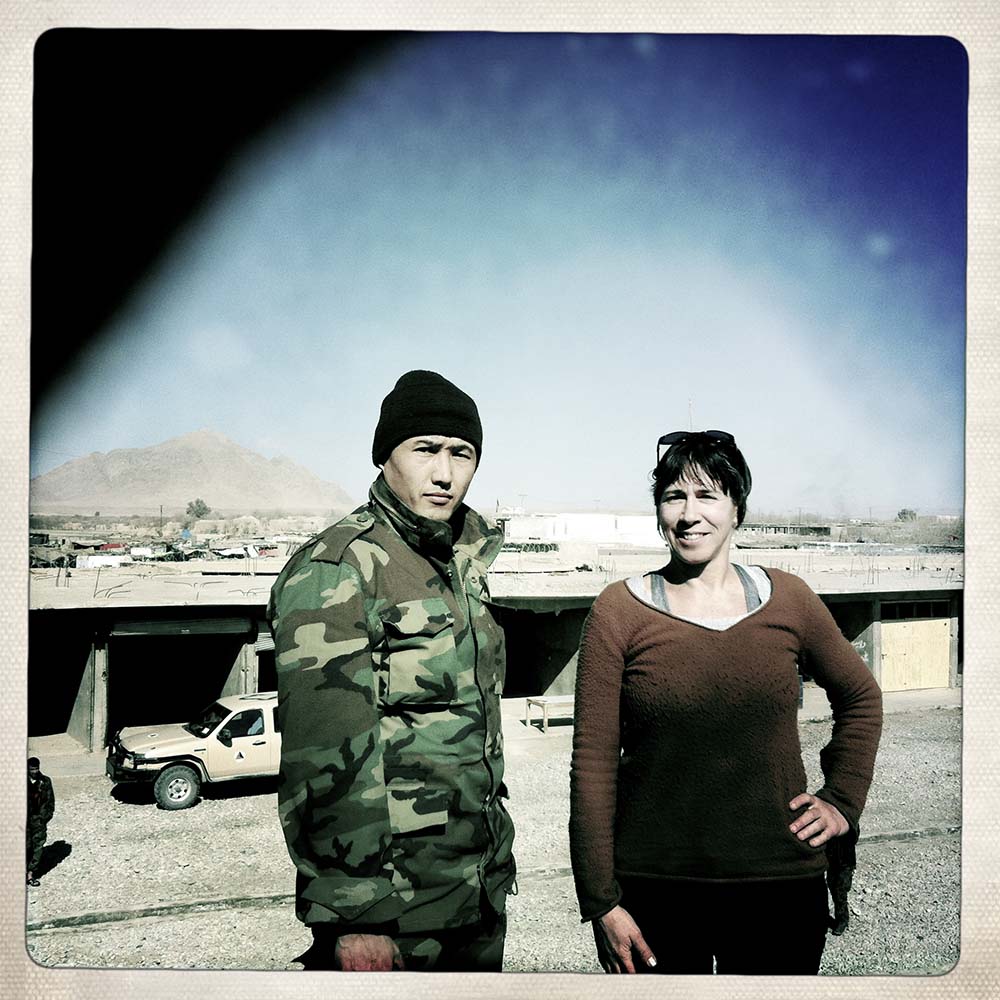About Looking for Marshall McLuhan in Afghanistan
Looking for Marshall McLuhan in Afghanistan is a book, a series of archival permanent photographs, and a traveling exhibition. To see excepts and illustrations from the book, co-designed by Jenny Armour, please go to the website lookingformarshallmcluhan.com.
In 2011, I embedded with U.S. Marines in Afghanistan as a team member of the experimental social media initiative Basetrack, which used social media and smartphones to report on the war. That experience was the jumping off point for my book, Looking for Marshall McLuhan in Afghanistan, which I wrote as a reaction to the clash of technologies playing out in the theatres of war and beyond, inspired by Marshall McLuhan’s most famous aphorism—”The medium is the message.” Looking for Marshall McLuhan in Afghanistan is an artefact of the moment in history when Smartphones and War first collide (and collude). It is a process of discovery—part history book, part photo-book, part self-help book; it is an interdisciplinary work about photography, language, technology and war.
Originally shot on a Smartphone using the Hipstamatic app and a retro-effect filter, the photographs in this gallery have been printed by master printer Bob Carnie in permanent palladium metal with applied pigment—the most permanent colour printing process known. They give the images a timelessness that both refers to the technological present (the military apparatus in the photographs and the very technology used to make the images in the first place) as well as the greater historic context of a country that in other ways technology seems to have passed-by.
These photographs are an extension of several key concepts of the book: That permanent material prints are an antidote to malaise in the Internet Age; That the retro apps in smartphones are a symptom of our yearning for historical permanence and human connection in an increasingly digitized, remote-controlled world; That process is connected to emotional and psychological wellbeing; That there are parallels between the effect of military technology on the soldiers and civilians in Afghanistan (portrayed in the photographs) and the effect my own photographic (Social Media) technology was having on me.
I came home from Afghanistan with a Smartphone full of photographs, a bad case of the blues, and not much else to show for my time in Afghanistan. I had seen a country un-helped by outside intervention and a military cracking under the psychological weight of the dehumanization of its own technology. The book was my way out of the darkness, my way of making sense of it all, through a story—with the help of Marshall McLuhan.
